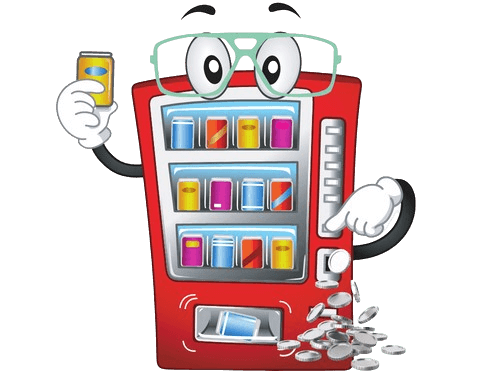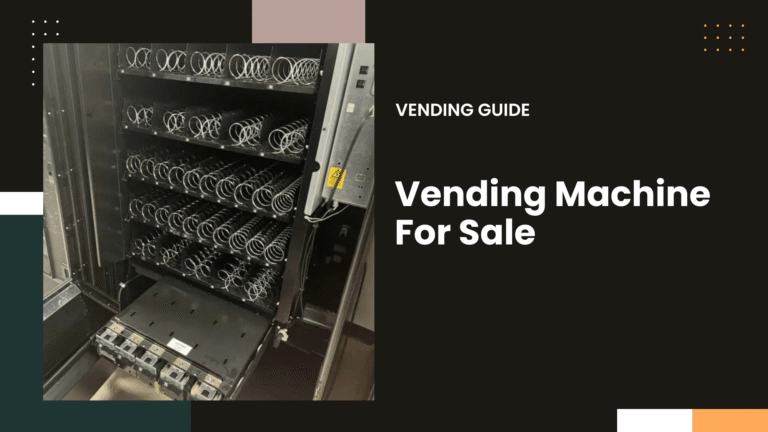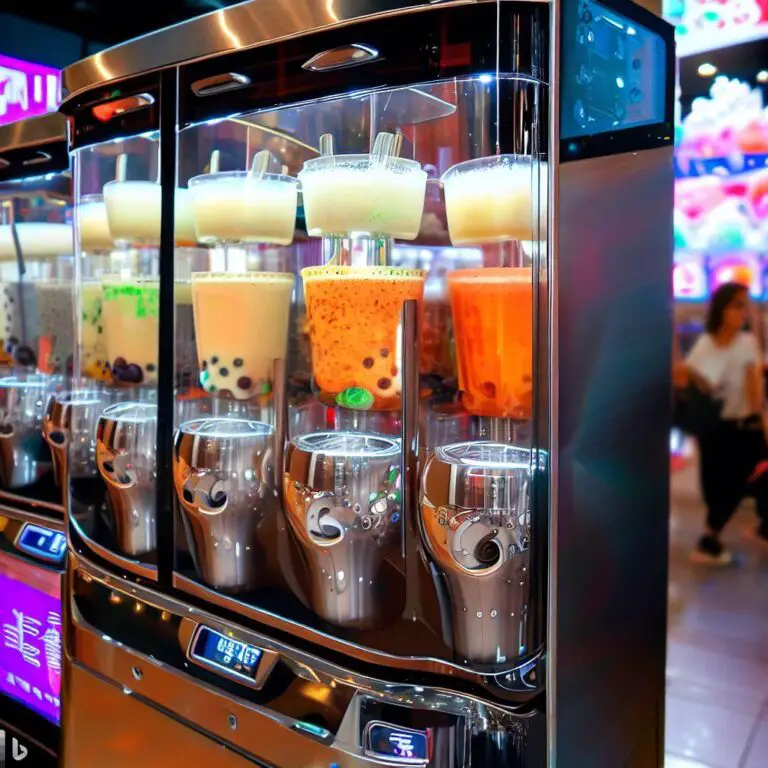Ice Cream Vending Machines for Sale Near me | Update 2025
Ice cream vending machines for sale include models like the Seaga Envision IC8 ($4,995), Fastcorp Evolution EV8 ($7,899), and Everest Ice Vending 2.0 ($22,000). These machines offer automated frozen treat sales with smart inventory and cashless payment features.
| Brand/Model | Price | Capacity | Payment Options |
|---|---|---|---|
| Seaga Envision IC8 | $4,995 | 120 items | Credit, Mobile, Cash |
| Fastcorp EV8 | $7,899 | 200 items | Credit, NFC, Cash |
| Everest Ice Vending 2.0 | $22,000 | 300 lbs/day | Card, Cash, Remote App |
Ice cream vending machines aren’t just a novelty, but they’re serious money makers when placed right.
I’ve spent a good amount of time looking into these machines, and if you’re thinking of adding one to your vending lineup (or starting fresh), here’s what you really need to know.
Why Ice Cream Vending Machines Are a Smart Move?
Let’s keep it real: ice cream sells itself.
If it’s hot out, you’ve got foot traffic, and your machine is visible, sales happen without much effort.
Here’s why they work:
- Premium product = higher markup.
- Minimal oversight is needed once stocked.
- Customers love cold treats, especially in malls, airports, parks, and colleges.
- Perfect for seasonal setups or indoor year-round sales.
How Ice Cream Vending Machines Work?
Unlike your typical snack or soda units, Ice cream vending machines are freezer-based and built to hold temperature-sensitive products safely.
If you check, Most modern ones have:
- Built-in freezers with temperature monitoring
- Robotic arms or spirals to deliver items without melting them in transit
- Cashless payment systems (cards, tap-to-pay, even apps)
- Smart tracking for stock and temperature control
Top Ice Cream Vending Machines For Sale (U.S. Market)
I did a few quick research and here is a list of brands that dominate the U.S. market right now.
| Brand | Model | Price Range | Notable Features |
|---|---|---|---|
| Fastcorp | Evolution | $5,000–$7,500 | Robotic arm, glass front, accepts cards |
| Seaga | INF5S | $6,000–$8,000 | Adjustable coils, combo freezer options |
| Crane Merchandising | BevMax/Combination models | $7,500–$10,000 | Custom setups, ADA compliant |
| Vendsnack | Custom Frozen Units | Varies | Built-to-order, heavy-duty |
Personally, I think FASTCORP Evolution is probably the most recommended one for single-item frozen sales with super reliable with great ROI.
What It Costs to Get Started
Let’s break it down:
Startup Costs:
- Machine purchase: $5,000 to $10,000+
- Shipping and setup: ~$500–$1,000
- Initial product stock: $300–$700
- Credit card reader + gateway: $200–$400
- Misc. (decals, signage): $100–$200
One thing I would stress is that you don’t just go cheap, as ice cream needs precise cooling. Always buy reliable.
Monthly Operating Costs
Here’s where your recurring costs go:
- Power (Electricity): ~$40–$75/month (freezers run constantly)
- Restocking product: Depends on sales volume, usually $200–$500/month
- Maintenance: Budget $25–$50/month minimum for occasional service calls
- Location rent/share: If placed in someone else’s business, expect a 10–20% commission or flat fee
Trust me when I say this: always track your light bill. These machines pull more power than regular vending units, so you are not shocked at months end.
How to Operate Ice Cream Vending Machine Without Headaches?
Operating an ice cream vending machine is easy when you’ve got a tight system:
Step-by-Step:
- Choose your location wisely—hot weather + high foot traffic = goldmine.
- Stock with high-margin brands like Nestlé, Good Humor, or local artisan ice cream.
- Set machine temperature between -18°F to -20°F—any higher, and you’re risking melt.
- Run weekly restock checks. Ice cream moves fast.
- Track product sell-through with your smart tracking app or POS system.
Profit Example
Let’s say:
- Your machine sells 25 items a day at $3.50 each
- Product cost is $1.25/item
- Daily Profit: $56.25
- Monthly (30 days): $1,687.50
- Minus operating costs (~$300–$400/month)
- Net monthly income: ~$1,250+
That’s off one machine. So, if you place two in good spots, you’re clearing real income quickly. (of course not guaranteed, but a likely chance.)






